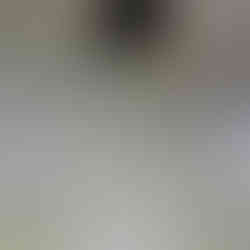Igniting Green Ideas in an Old Firehouse

The first thing that meets your eye when you enter Plant Chicago is an aquaponics tank and rows of kale, lettuce, and other vegetables sprouting in water. Look closer into the tank and you’ll see tilapia and perch swimming around. Among a myriad of other pursuits, the people at Plant Chicago are raising greens fertilized by, of all things, fish waste.
In 2019 Plant Chicago took up residence in a two-story, south side building that operated as a firehouse from 1908 to 1978. True to its mission of recirculating materials and nutrients, and sharing both knowledge and food, the non-profit renovated the firehouse into an experimental farm and educational center. Concrete floor, wall tile, and brick were stripped of layers of paint and dirt, and voila! The building was reborn.
When Historecycle visited Plant Chicago a year ago, a class on the fine art of growing gourmet mushrooms was in full swing. Workshops are offered year round on a variety of sustainable subjects—from wild birds and bees to the Life Cycle of a Salad. These days classes are mostly virtual, but the gardens keep on growing. Besides the aquaponics mini-farm, this includes, in the north garage, an Indoor Victory Garden, a shared growing space containing microgreens, leafy greens, and tomatoes. The surrounding community can take courses free, and partake of the produce at Plant Chicago’s farmers’ markets.
Plant Chicago has an ambitious to-do list. Near the top is digging a stack of solar panels out of storage and installing them on the roof. These panels, donated to the organization a few years ago, will allow the building to go one step further in walking the sustainability walk. Also planned is growth of the Victory Garden to include as many as 30 farmers eager to germinate new ideas about indoor crops. And to bring more sunlight inside, the south windows will eventually be unbricked and filled with glass, just as they were during the fire brigade’s heyday.
Note: Plant Chicago is now independent of its former home, The Plant. For more information about The Plant, see www.historecycle.com/the-plant. Also, see www.historecycle.com/firehouses for more examples of rehabbed firehouses.



























Comments